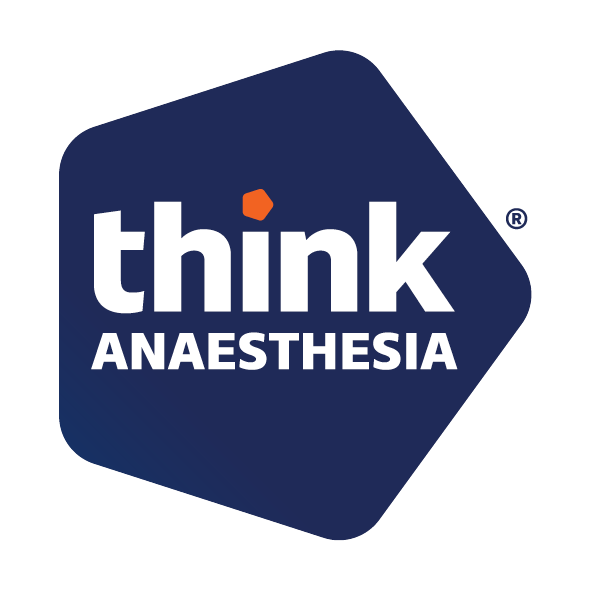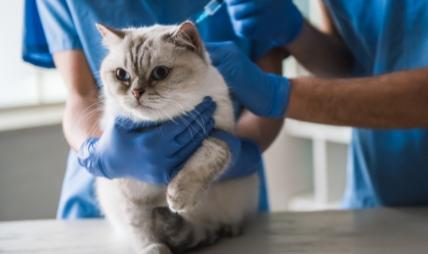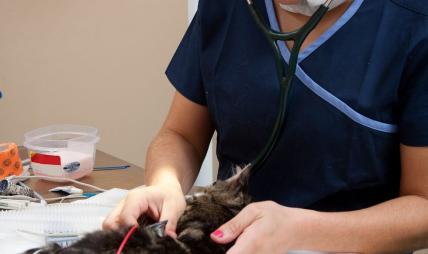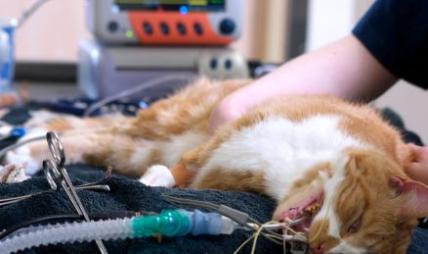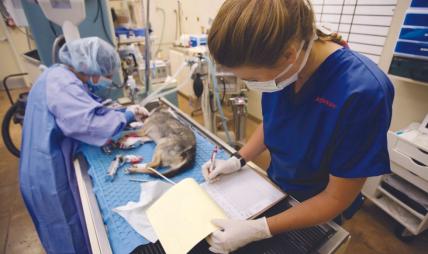Myocardial depolarisation, which in turn causes the heart muscle to contract, is initiated by electrical activity. Information on the electrical system of the heart can be gained non-invasively with an electrocardiogram, or ECG.
A patient may have an increased risk of developing arrhythmias due to non-cardiac disease, electrolyte imbalances, and myocardial hypoxia as a result of various disease processes, anaesthesia medications, and surgical procedures.
Some arrhythmias may be minor, while others may require immediate attention if they are life-threatening. Severe arrhythmias can cause a drop in cardiac output and subsequent hypotension, resulting in reduced perfusion to the brain, liver and kidneys.
The role of veterinary nurses is to be able to identify abnormal rhythms on the ECG and pass this information on to the veterinary surgeon. This interactive lecture will teach you how to identify different types of arrhythmias and traces without using a flowchart and will discuss the following:
- The normal ECG
- Bradycardia
- Tachycardia
- Sinus Arrhythmia
- AV Blocks
- 2nd Degree
- 3rd Degree
- Ectopic Beats
- Ventricular Premature Complexes
- Escape Beats
- Atrial Arrhythmias
- Atrial Fibrillation
- Ventricular Arrhythmias
- Ventricular Tachycardia
- Ventricular Fibrillation
- Accelerated Idioventricular Rhythm
The learning objectives of this webinar are:
- To understand where the P-QRS-T wave and complex originate from in the heart
- To know how to differentiate between atrial and ventricular complexes
- To be aware of what arrhythmias may be seen or expected with specific disease processes.
A copy of the slides for this webinar is downloadable here.
|
|
The Australian Veterinary Nurse and Technician (AVNAT) Regulatory Council has allocated 1 AVNAT CPD point to this continuing education activity. |
